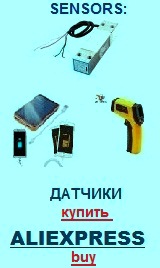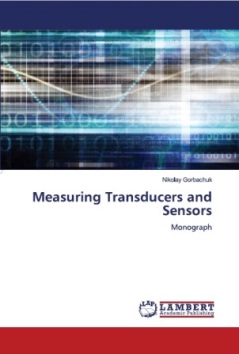Transducers, gauges, sensors - Information portal © 2011 - 2025 Use of material is possible by placing an active link
Physical basis of the transformation of the measured parameters
Ionizing radiation


Home >> Temperature, thermoelectricity >> Transducers. Termistors
русский / english
• Information about various converters and sensors of physical quantities, parameters of various physical processes is presented.
• Electrophysical properties and effects in various electrical materials.
• Theory, experimental results, practical application
Temperature transducers. Termistors
Fig. 14. Descriptions of dependence of resistance of some metals from a temperature:
1 is a nickel; 2 is a tungsten; 3 is a copper; 4 is platinum
Resistance sometimes also changes at fluctuation in a temperature. For a metal this change has linear dependence
R = Ro(1+ aT),
where Rо is resistance at a temperature 0 °С; Т is a temperature, °С; an is a temperature coefficient of resistance.
Model dependences of resistance of some metals on a temperature are shown on a fig. 14. They testify to the high degree of linearness of connection between resistance and temperature. For creation of temperature measuring transducers of such type a wire is usually used from platinum.
Thermistors
Other basic group of temperature-sensitive transducers, used in thermometric devices, is known under the name termistors. They have very nonlinear description, however can be effectively used in the systems for taking temperature. Resistance of termistor is determined by next expression:
Rt = Aexp(B/T)
where Rt is resistance; And - permanent, value of which for different materials differently; In is a characteristic temperature of device; Т is a temperature, К.
Fig. 15. Dependence of resistance of typical termistor on a temperature:
Typical description of termistor is presented on a fig.15. Comparison of descriptions of capacitance-resistance transducers (fig.14) with descriptions of termistor allows to draw conclusion that last:
1) are more steep, i.e. the temperature coefficient of resistance substantially more than in metals for them, at least in basic part of curve;
2) fall with the increase of temperature, i.e. the temperature coefficient of resistance for them is negative.
Termistor transducers with the negative temperature coefficient of resistance are known anymore as NTC - termistors. It is necessary to notice that exist and termistors with a positive coefficient resistances which are designated as РТС- termistor. The last more frequent apply temperatures not for measuring, and, will say, for warning of overheat.
Other and by more comfortable formula for description of description of termistor in the case when his resistance of R1 is known at some temperature of T1, there is expression
R = R1expB( 1/T - 1/T1),
which turns out by a substitution in the before brought formula over of next obvious correlation :
R1 = Aexp(B/T1)
Termistors is substantially less than on sizes, than metallic capacitance-resistance transducers, and they quicker react on the change of temperature. On the other hand, the small sizes of termistors result in that for their self heating a small current is required. Consequently, it is possible to consider that a current influences on exactness of measuring.

See also:
CONVERTERS, GAUGES, SENSORS
Information, news, advertising


